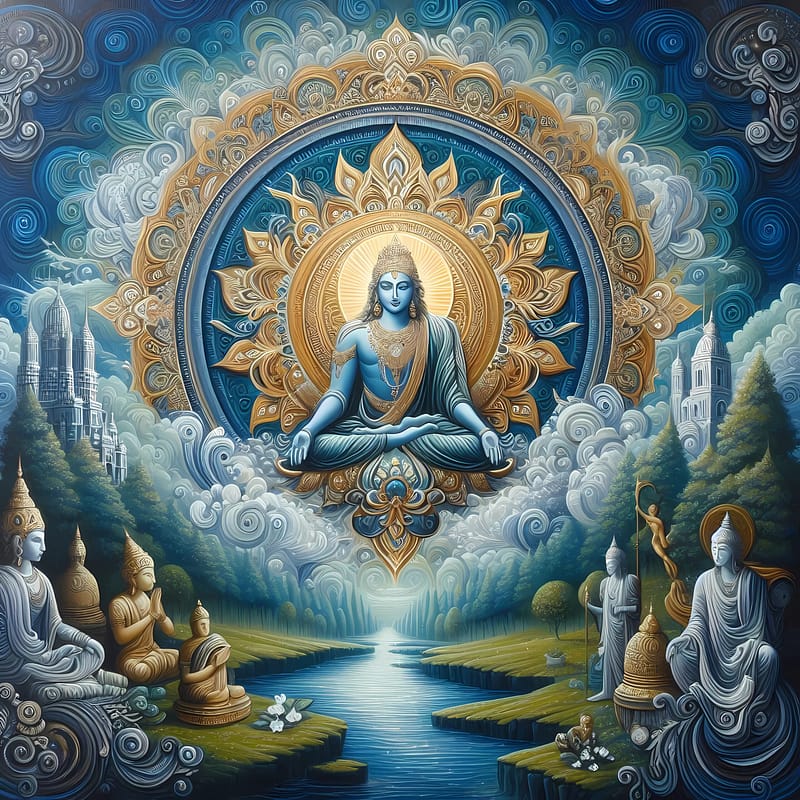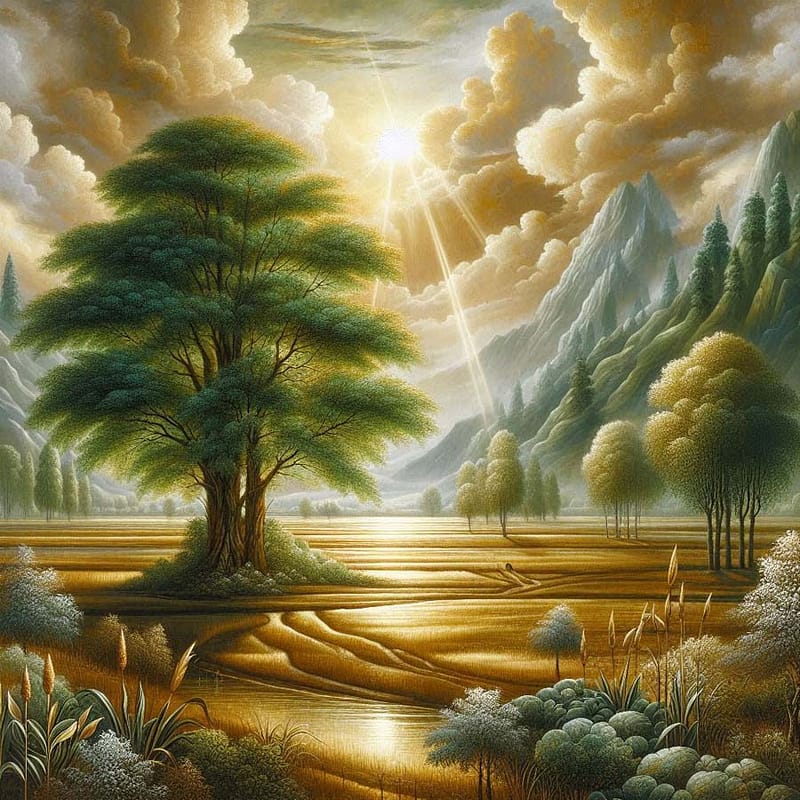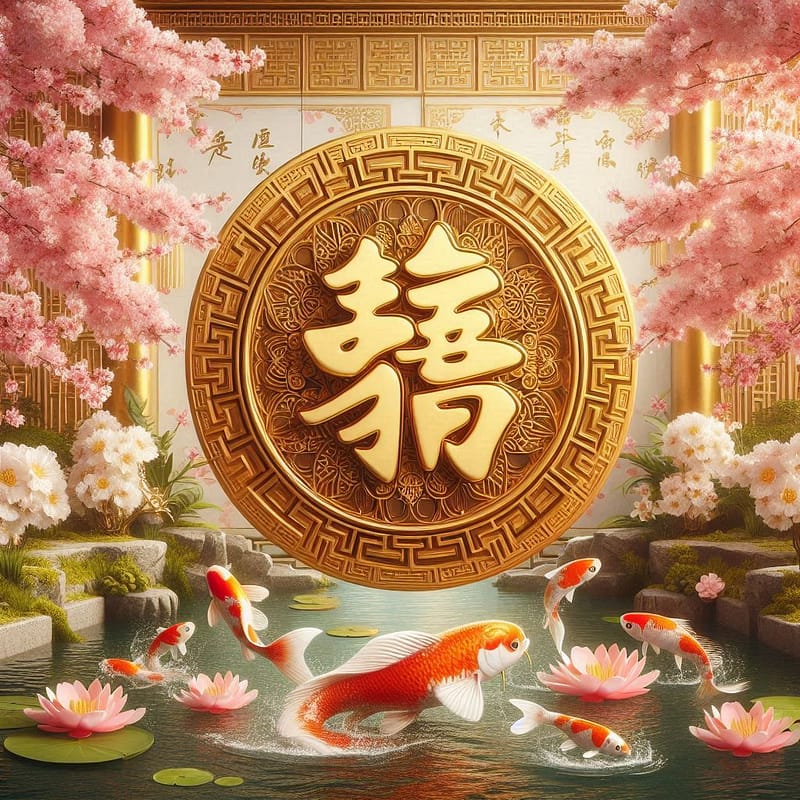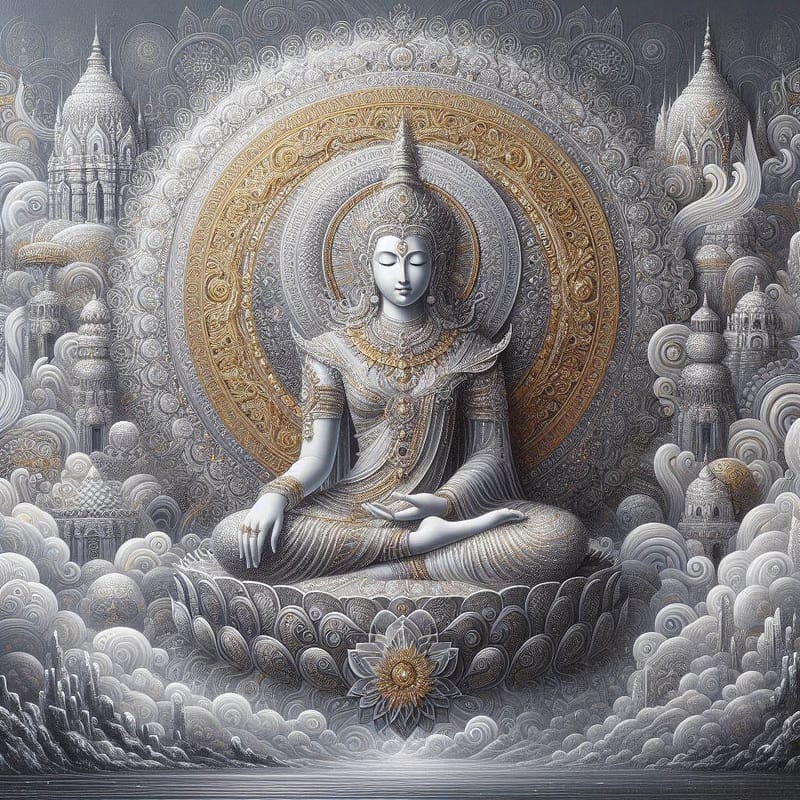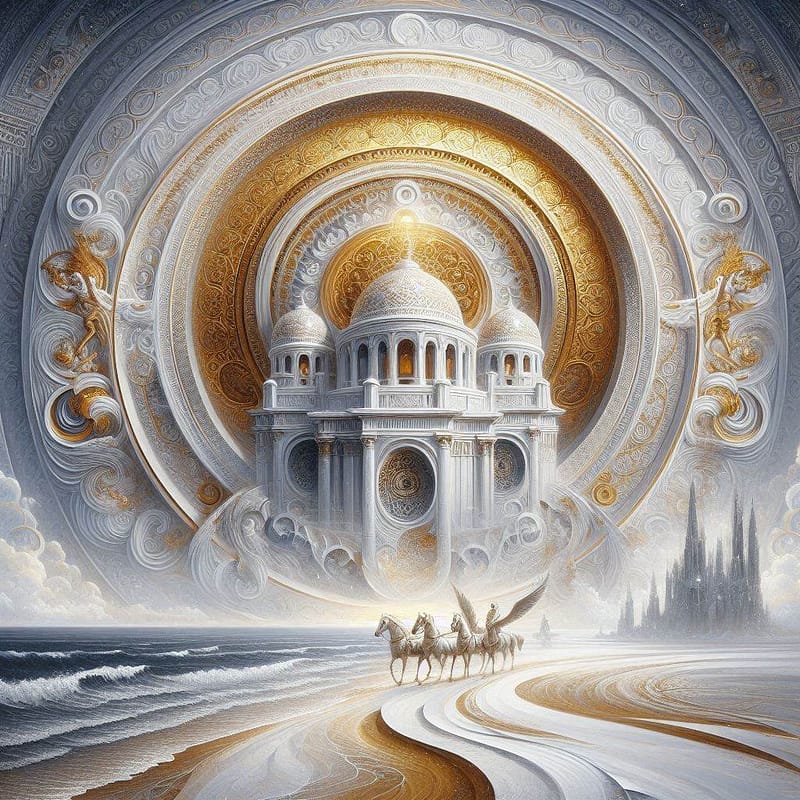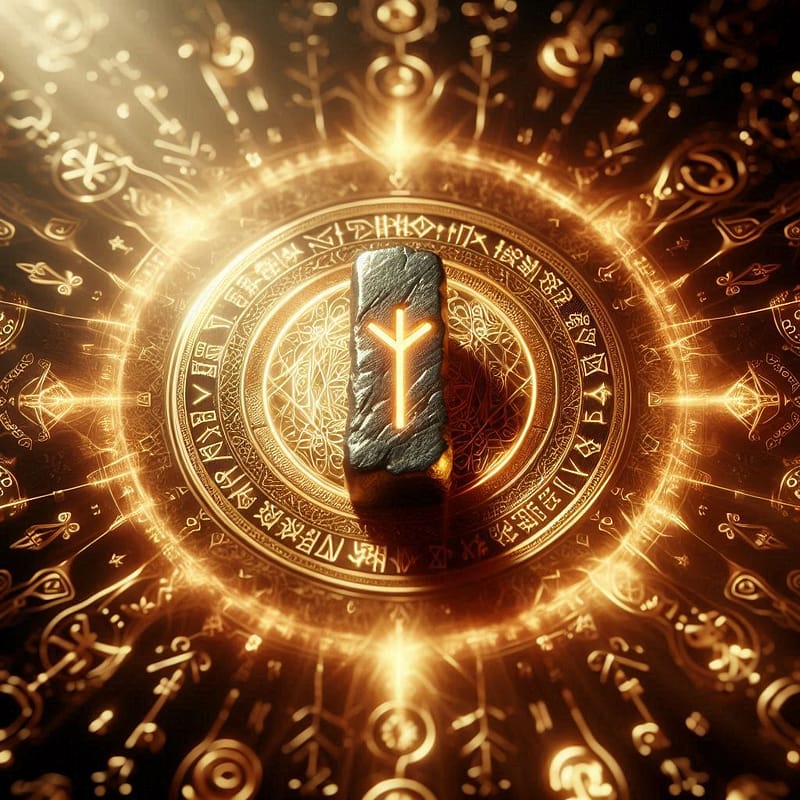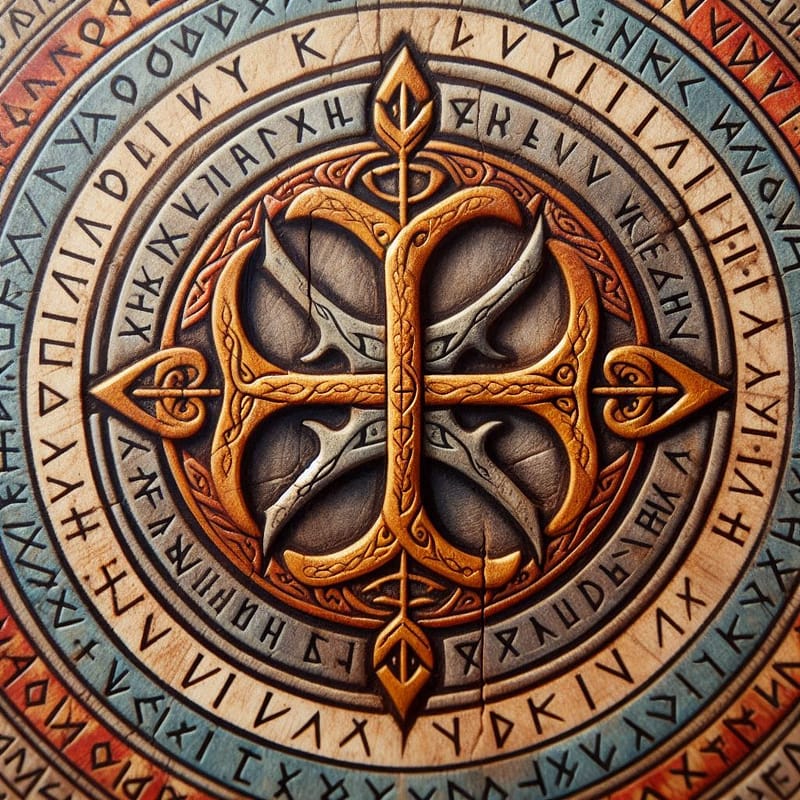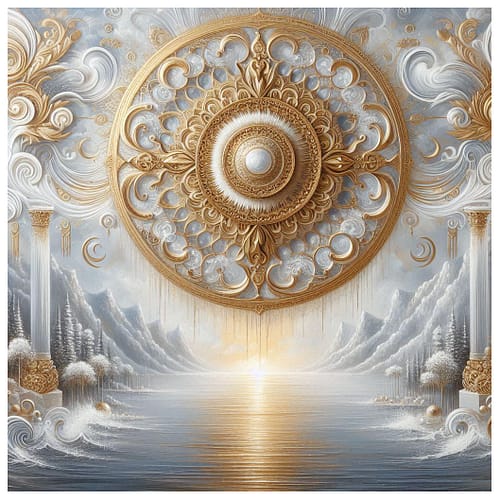What Is Quantum Painting?
Quantum painting is a contemporary art movement inspired by the concepts of quantum physics, aiming to express not only the material but also the immaterial aspects of reality. At its core is the idea that everything in the universe is energy, and matter is “structured” energy shaped by the artist’s intention.
Quantum painting is a modern art form inspired by quantum physics. It aims to express both material and immaterial aspects of reality. The core idea is that everything consists of energy. Matter takes shape through the artist’s intention.
Key Concepts
-
Energy and Intention: Artists embed energy and purpose into their work. The painting acts as a vessel of this energy, influencing the viewer’s feelings and environment.
-
Role of the Observer: Like in quantum physics, the viewer’s perception shapes the artwork’s meaning. Each person experiences the painting uniquely, bringing it to life through observation.
-
Multidimensionality: Quantum painting reflects the complex, multi-layered nature of reality. It combines scientific ideas with artistic expression.
-
Conscious Creativity: Artists use intuition and mindfulness during creation. They focus on inner states as much as on colors and shapes.
Historical Background
Italian artist Roberto Denti introduced the term “quantum art” in 2008. He described it as a blend of science and art that challenges traditional views of reality. Quantum paintings often feature abstract forms and wave-like patterns. These elements symbolize transitions and multiple states, echoing quantum theory.
Practical Aspects
Quantum paintings may look abstract but aim to create a harmonious energy field. This field can inspire and calm viewers. Artists prioritize both technique and the emotional message behind the image. They seek to open new ways of perceiving and interacting with the world.
Summary
Quantum painting goes beyond style. It interprets complex modern realities where matter, energy, consciousness, and perception intertwine. This art values not only form but also energy, intention, and the viewer’s unique experience.

